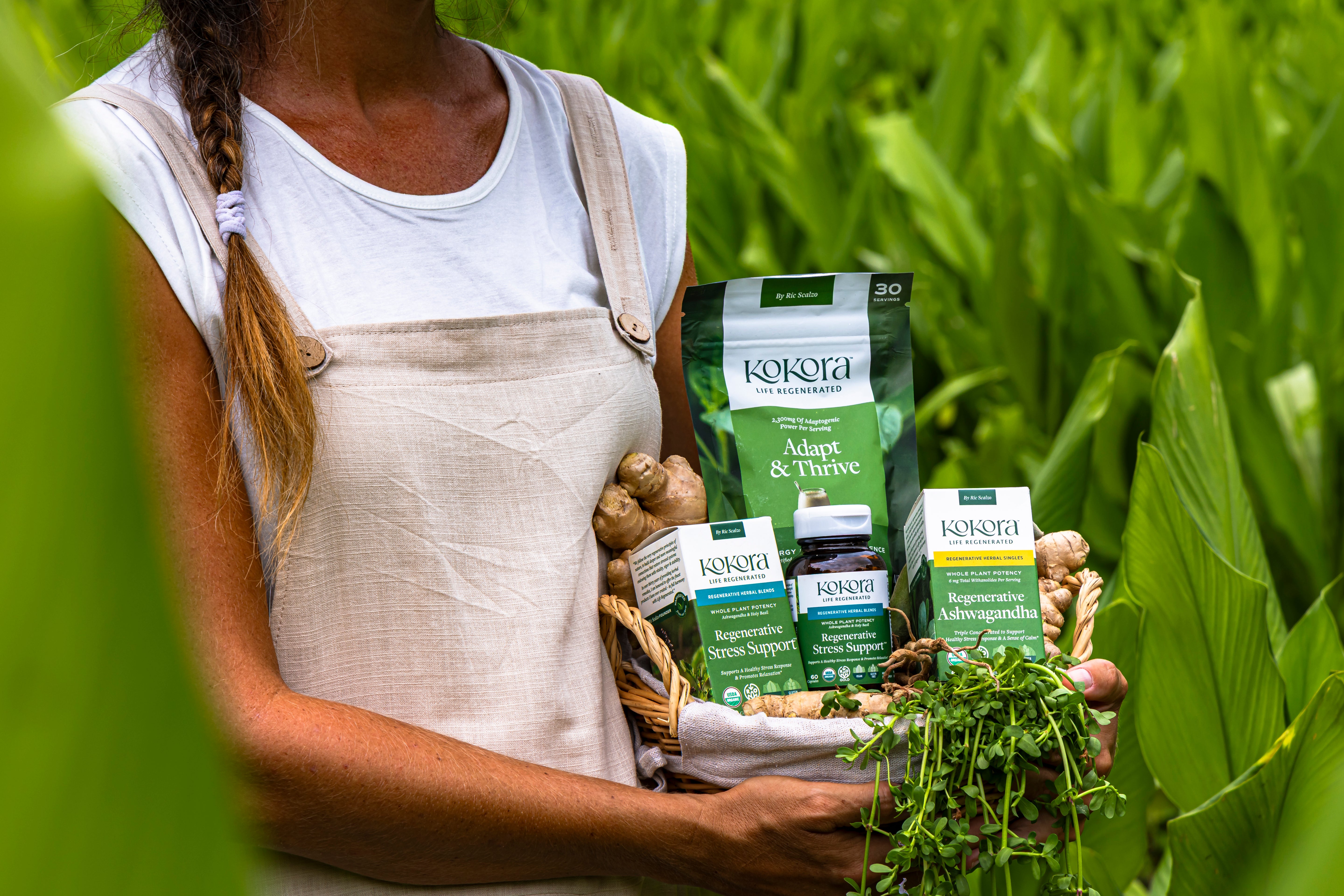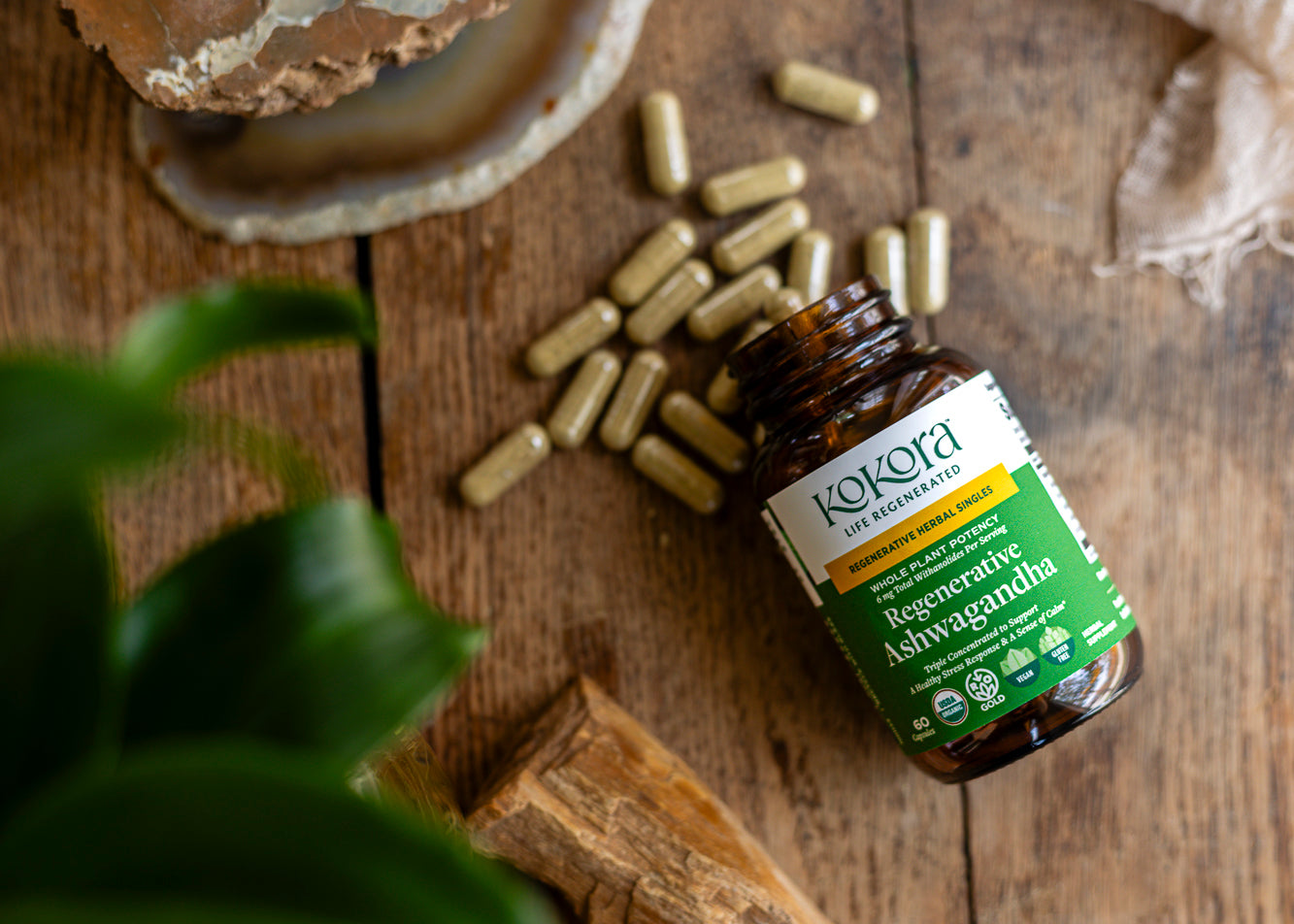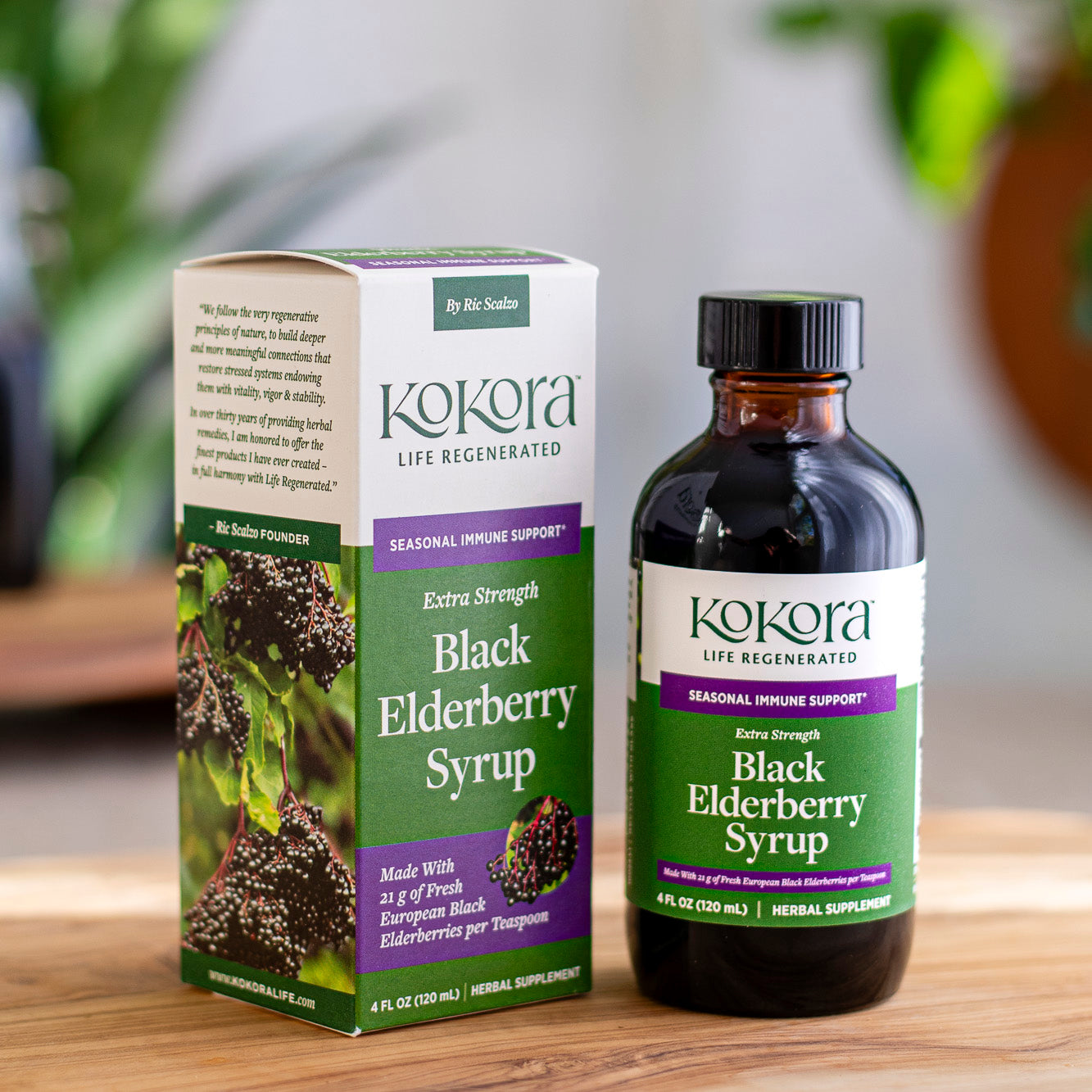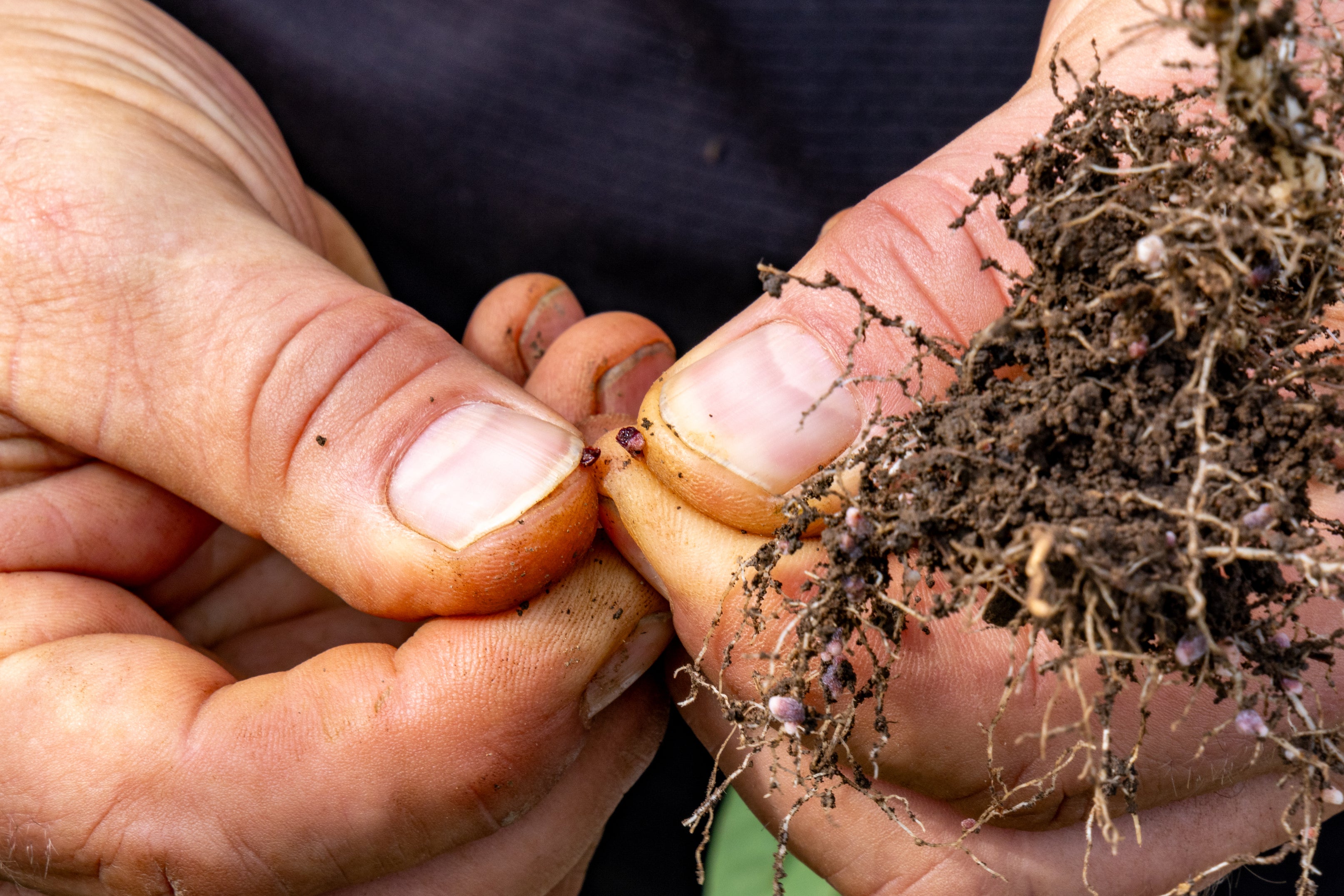Building Connections that Make Us Whole
"Everybody wants to live a long life, but more importantly, we want a healthy life. We have co-evolved with nature for a very long time - never once have we removed ourselves from this co-evolution EXCEPT within the last 100 years with the use of agrochemicals and harsh agricultural practices, including mono-cropping that have altered the nutrient density and diversity in our foods." - Ric Scalzo, founder of Kokora
Our connection to food relies on our body's incredible wisdom and intelligence, including our innate ability to properly absorb, transport, and eliminate nutrients. This complex system is called "nutrient cycling," and it's fueled, in part, by the diversity of microorganisms in our gut. It's no secret that with more diversity in the gut microbiome, we have a stronger foundation to digest food, absorb nutrients, and eliminate waste.
We can build greater diversity in our gut microbiome through daily practices that sustain life and protect our vital energy systems. One simple inclusion we can pay attention to is to eat a greater volume of vegetables and fruits, aiming for them to make up 80% of our daily food intake.
Pre, Post, and Probiotics
We’ve all heard about probiotics and their importance for a healthy gut. But prebiotics and postbiotics are also crucial to a healthy gut biome.
Prebiotics are carbohydrate-dense foods that act to feed healthy bacteria in the gut.
Probiotic foods include fermented vegetables and herbs, yogurt, kefir, and whole-grain sourdough bread.
Postbiotic are the bi-products of healthy gut flora. They are enzymes, small-chain fatty acids,butyrate, and other things that build in the gut when we include prebiotics and probiotics in our diet. Their presence in the gut is an assurance we will have a healthy capacity to digest, absorb, and eliminate food.
Pay attention to the prebiotic and probiotic foods you incorporate into your diet to promote postbiotic activity.
Eat Real Foods, Locally and In Season

Another great practice to include in your routine is to eat by the changes of the season and add seasonally available foods, such as green leafy veggies in the spring to assist in detoxifying from the stagnation that winter brings, or pears and apples in the fall to clear away the excess summer heat.
The quality and origin of our food also can contribute to a healthy gut biome. It’s no surprise that the healthy people living in the Regenerative Life areas of the world (Nicoya, Costa Rica, Sardinia, Italy, Acceroli, Italy, Ikaria, Greece, and Okinawa, Japan) do not purchase commercially grown foods. They have their own gardens, they exchange what they grow with friends who grow something different, they ferment foods as a natural way of preservation, and they eat seasonally. In this way, they stay away from agrochemicals, petro-based farming, and foods grown in soils that are over-cultivated and “sterilized.”
The Soil Food Web

All this points us to a wisdom in nature that is generally unseen, a wisdom that is orchestrating the foundation of life itself.
Let us introduce you to the Soil Food Web - a rich and diverse network of hyphae, mycelia, bacteria, beneficial fungi, nematodes, protozoa, and arthropods in healthy soil. These soil-born “friends” collaborate with so much intention to carry soil nutrients to our foods and enable our soils to live and breathe in a manner that generates and regenerates vitality in our foods. And what a beautiful side benefit to know that this Soil Food Web network sequesters carbon from the atmosphere - something we desperately need now on our planet!
The more we nurture the Soil Food Web through regenerative growing practices, the more biodiverse microbiome richness will be present in our soils to enable more biodiverse and nutrient-dense foods: foods that will protect and strengthen our gut diversity and, as a result, our immunity.
“What We Do to Our Soils, We Do to Our Gut”

We must protect this powerful network of life in our soils to build and protect our immunity.
Much of our gut biology has become highly compromised. This leads to a breakdown in the gut/brain connection and the ability to properly balance dampness, stagnation, and inflammation. Regenerative farming practices enable our soils to first rest, then restore healthy populations of biodiversity, and then revitalize with a dynamism that carries abundant nutrients into the foods we eat.
Rest, Restore, Revitalize - Nature’s Formula for Healing
To promote healing, we emulate what nature does in the soil when we adopt regenerative practices. We then apply these same principles to healthy gut management. First rest by removing stimulants, irritants, and sugar from our diet. We allow the body to adapt to a healthier way of eating and restore it by incorporating prebiotic and postbiotic foods with seasonal diversity. Finally, we revitalize our entire organism, enjoying heightened immune benefits and mental clarity!
How to Find Foods Rich in Microorganisms:

When it comes to enriching our gut microbiome, we need to start eating (a lot) more foods from microbiome-rich soil. So, where to start?
- Go to your local farmer's market and get to know your farmers. Ask them what they offer and how they treat their soil. If the food looks colorful and vibrant, that’s a good sign.
- Grow your food at home! Nothing is more vital than picking your own food, whether it's in a couple of raised beds in your backyard or a tiny corner in your kitchen with culinary herbs.
- Know that simply buying organic at the grocery store probably doesn’t always cut it. Organic labels indicate the food is grown without chemicals, but it doesn’t suggest there are regenerative farming practices at play. Although this is still a healthy step, it’s always best to connect to your local food sources to consume the nutrients you need.
One Final Tip
As you embark on your journey to regenerate your gut microbiome, consider this advice: start your day with a glass of warm water upon waking and continue to sip it throughout the day. This practice helps get your digestive juices flowing. It's important to note that you should avoid drinking any liquids 15 minutes before eating, while eating, and up to 30 minutes after you've finished your meal. And when it comes to iced or cold drinks, it's time to reconsider: they may be refreshing, but that sudden temperature change can also constrict and condense a healthy gut environment, hindering your progress.
Taking steps toward restoring your gut health requires a multi-dimensional approach, but every little step you take adds to building a bountiful gut flora.
Follow us on social media for more tips and ideas on living a healthy life rooted in nature.
Read more

We can take control over our health and balance the four pillars of unrest in our bodies (Dampness, Stagnation, Inflammation, and Elimination) simply by eating foods and building routines that conn...
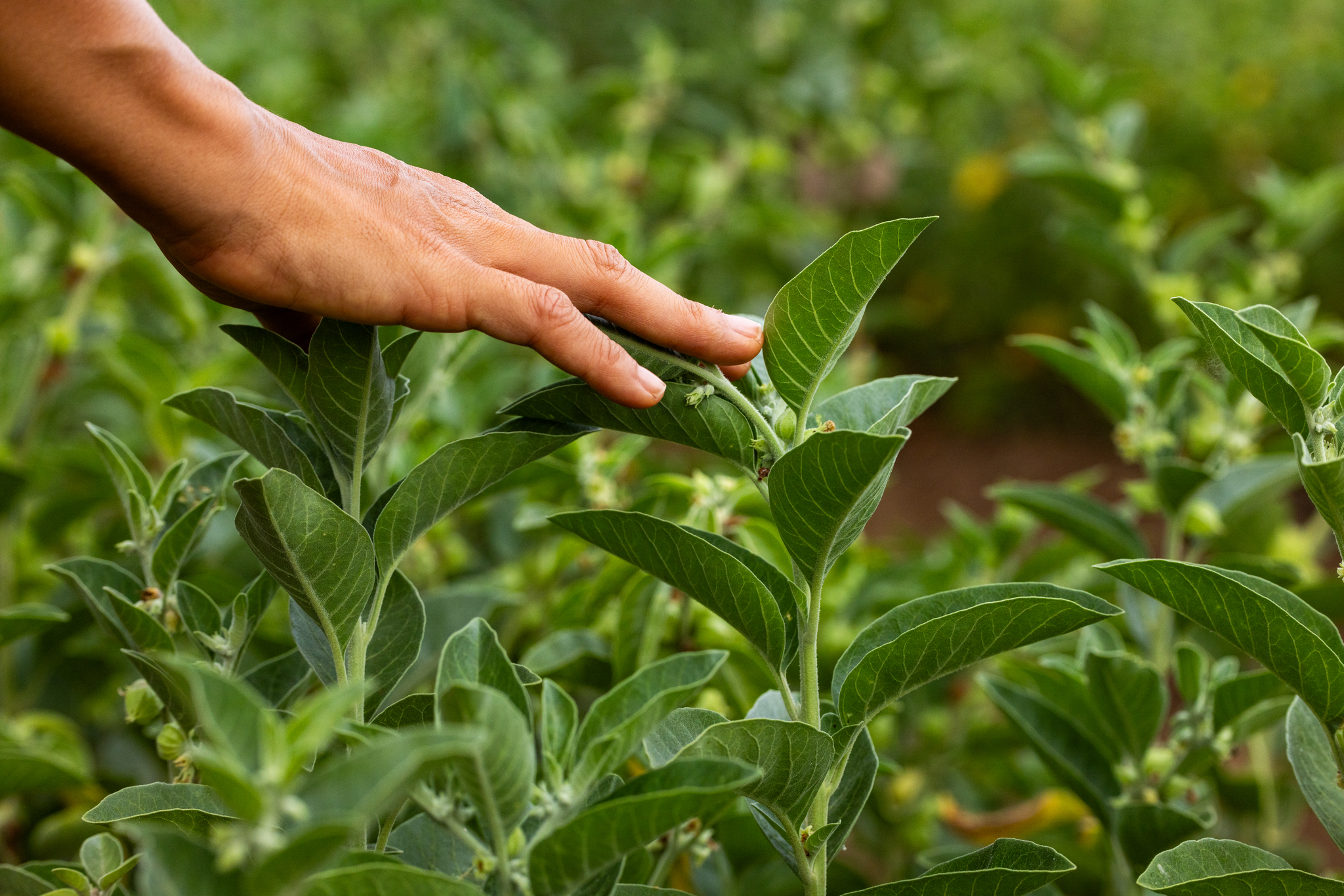
Learn how adaptogens like ashwagandha and beneficial mushrooms help create inner peace, restoration, and joy in a chaotic world.

